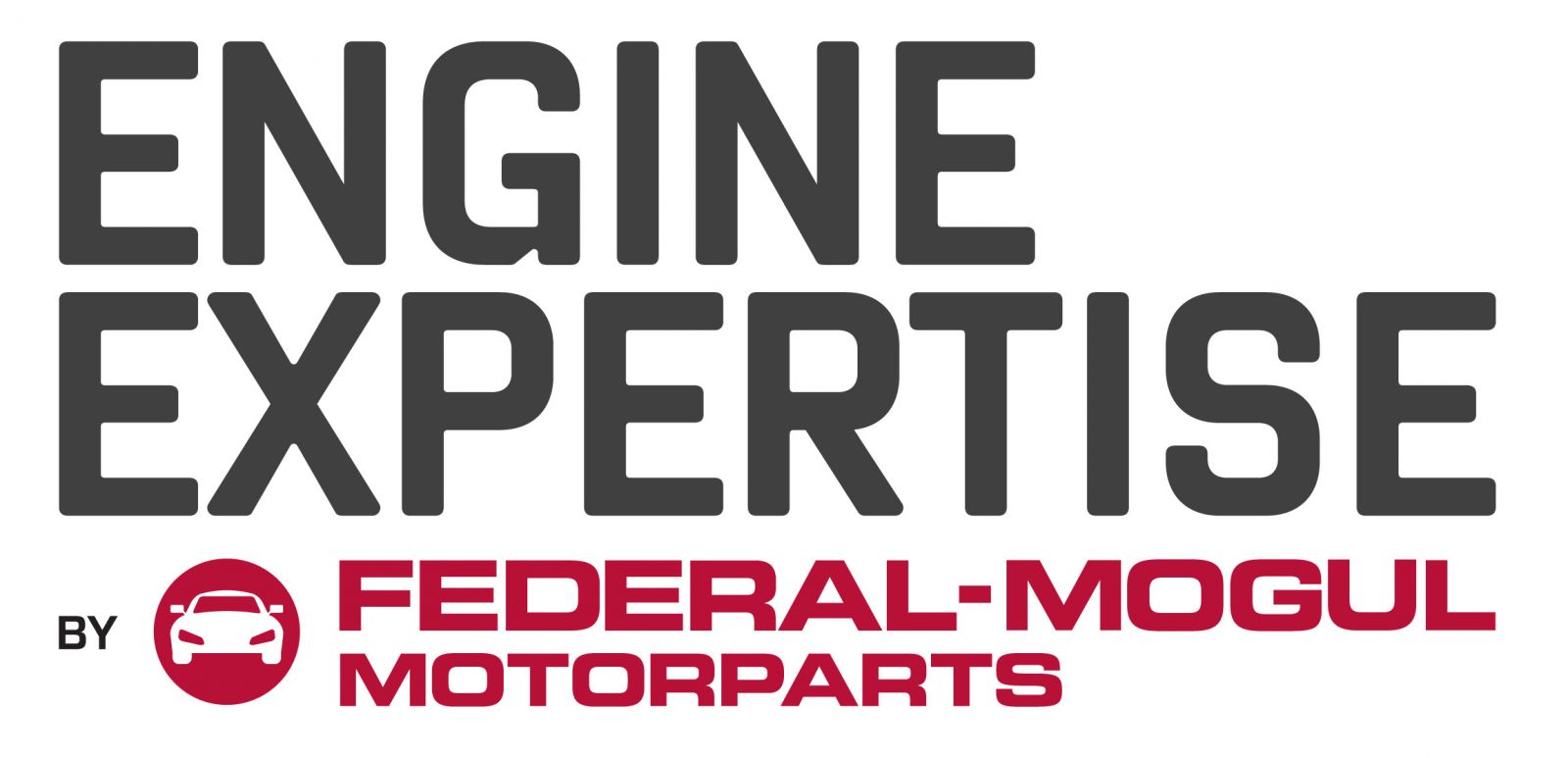Top End

Valve Stems and Guide FailuresFEDERAL-MOGUL EXPLAINS VALVE STEMS AND GUIDE FAILURES Excessive valve stem and guide wear can occur on inlet and exhaust valves. Whilst there is a large number of potential causes for failure, some are actually symptoms of another problem. Whilst some causes are easier to spot than others, the most likely causes for excessive valve stem and guide wear include: Improper fitting Too much stem-to-guide clearance can lead to the bell-mouthing of the guide. Misalignment of valve-guide-to-seat results in high-side loading. Incorrect valve height after an overhaul can lead to excessive side thrust on rocker-operated valves. The valve will be heavily recessed because too much metal has been removed from valve seat and face. Incorrect fitting of special high-lift cams may also be a cause, as they affect the rocker geometry. Contamination Trapped foreign particles cause abrasive wear. This can occur particularly after an overhaul, when residual caborundum particles are present. Too much carbon packing at the guide’s port-end results in stem scuffing. Poor lubrication Lack of oil or a breakdown of the oil film can result in stem scoring and scuffing. Temporary poor lubrication coverage when cold starting in sub-zero temperatures can be similarly problematic. Valve timing problems Bent valve stems due to slipped or incorrect valve timing, or piston-to-valve collision due to over-speed in valve bounce. STICKING OR SIZED VALVE STEM The above issues can lead to other problems. For example, a bent valve stem will lead to stem seizure. However, this can also be caused by lack of lubrication, too little stem-to-guide clearance, or a damaged stem. A valve stem tends to stick in extreme temperature conditions – due to gumming deposits when it is cold, or carbon packing between the stem and guide when the engine is hot. Either way, the sticking of a valve stem is a symptom of another issue that can lead to bigger problems if the root cause is not identified. Root causes include: • Worn guides • Excessive stem-to-guide clearance • Wrong lubricating oil grade • Overloaded engine • Too much cold running under a light load • Oil seal failure – leading to formation of excessive oxidised lubricating oil on the valve stem • Weak or broken valve springs VALVE TIP WEAR A badly worn valve tip can be a symptom of various potential problems. Installers are advised to lookout for: 
• Whether the valve tip is matched with a worn rocker pad
• Rocker misalignment • Incorrectly hardened tip-end • Faulty lubrication or wrong grade of lubricating oil • Valve springs are too strong • Incorrect timing that forces the exhaust valve to open against excessive backpressures • Excessive tappet clearance Troubleshooting valve train issues requires the installer to be aware that a valve train problem is likely a symptom of the root cause. Thus, it is imperative to resolve the core issue in order to ensure long-lasting results upon repair.
|
Related Articles Related Downloads |